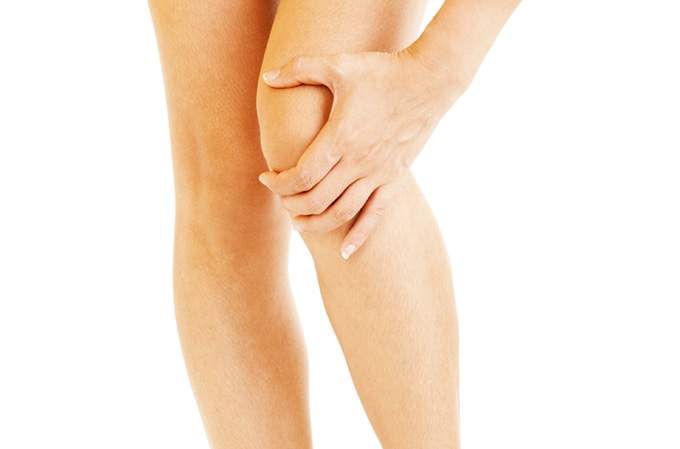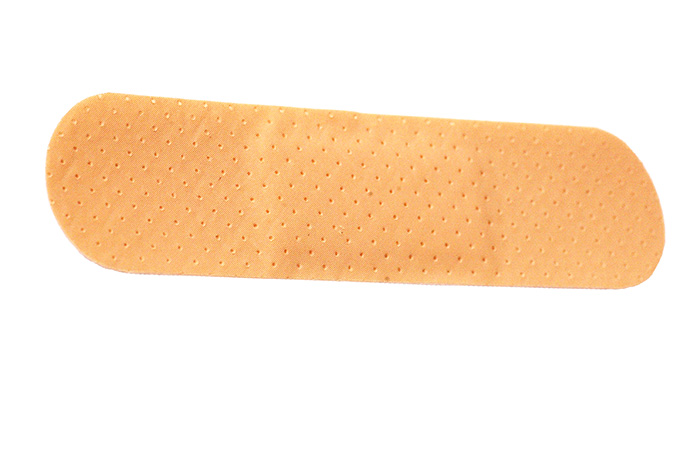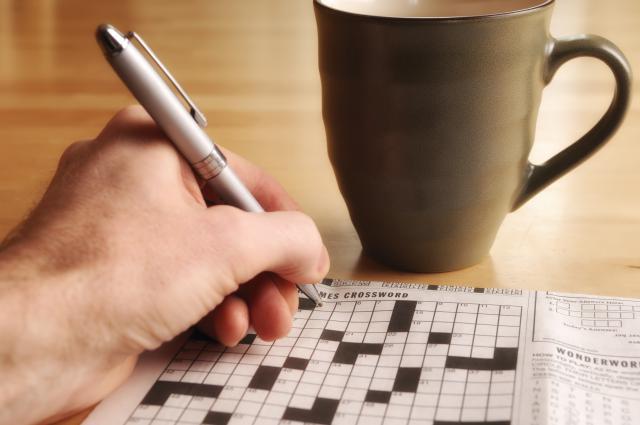Did you know that the Band-Aid, a staple in most first aid kits and medicine cabinets worldwide, came into being in 1920? This only means that in 2020, which is practically just around the bend, it’s going to turn 100 years old.
So many advancements in the field of health took place since a Johnson & Johnson employee invented the Band-Aid. For instance, penicillin was discovered and, not too long ago, the virus responsible for smallpox has been zapped from the face of the planet. However, the trusted Band-Aid stayed around and remained the same despite of those major changes.
Well, health authorities say that it won’t take long before the Band-Aid
undergoes a major facelift and changes the face of first aid as we know it — in
the near future, the Band-Aid that you constantly reach for each time you incur
a minor skin trauma will be capable of giving off mild electrical current to
facilitate wound healing.
Yup, you read it right: a Band-Aid that heals a cut or scrape in no time with the help of electricity. Indeed, that’s a giant leap that will surely revamp the way everyone sees and uses a lowly Band-Aid that’s remained untouched and unscathed for nearly a century now.
Not Really Something New
The truth is the use of electricity in encouraging faster wound healing is nothing new. For decades now, scientists have actually been looking into the ability of electrical stimulation in speeding up wound healing, which is highly beneficial for people who have a hard time in such department, such as those who are suffering from diabetes.
While extremely promising, it’s a highly unreasonable solution for the most part. That’s because in the past the machines used for the generation of mild electrical current were bulky.
Patients back then who underwent therapy often had to leave their homes and step foot inside facilities where such form of treatment was being offered. What’s more, it was a tedious process — a session usually took up to 8 hours at times to complete, often carried out while the individual was fast asleep.
Why Electricity Heals
The reason why mild electrical current can help in speeding up the healing of wounds, according to scientists, is this: electricity encourages the skin to produce more of what’s referred to as fibroblasts.
Put simply, fibroblasts are special cells found in connective tissues. They are major role players in the synthesis of various structural fibers of the skin, and that includes collagen. Does the name ring a bell? Well, a lot of topical anti-aging products contain collagen in order for them to work — collagen is something that makes the skin firm.
By encouraging the skin to produce more collagen, wound healing is a process that can become considerably shortened. It’s for this reason why scientists of today are pushing the creation of a Band-Aid that produces electricity.
A Foolproof Design Established
Right now, scientists have come up with a nifty way to create a Band-Aid that requires no battery or electrical circuit in order for it to give off electrical current. It’s designed in a way that it can employ the movements of the human body to power itself, pretty much how some battery-less wristwatches work.
This futuristic Band-Aid is made up of a copper band that features a teeny generator and some electrodes. The goal is for it to pick up small mechanical displacements of the wearer’s skin and then convert it into energy. Afterwards, the innovative Band-Aid turns it into electricity that can help facilitate the production of fibroblasts.
To date, the design seems to deliver — at least in the laboratory. Scientists have yet to do structural refinements based on further investigations before this Band-Aid of the future is mass produced.








